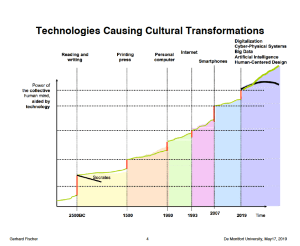
Sofia Crespo is one of the artists we exhibited at this year’s Art AI Festival. Her bio-inspired work, entitled Neural Zoo, was on display during the Festival in both Highcross and Haymarket shopping centres. It is visually stunning work, and attracted a lot of public attention during the Festival.
In describing her work, Sofia said that one of her main foci is the way organic life uses artificial mechanisms to simulate itself and evolve, which implies the idea that technologies are a biased product of the organic life that created them and not a completely separated object.

Neural Zoo is an exploration of the ways creativity works: the combination of known elements into a new previously unseen element. The work has been made in collaboration with a convolutional neural network. The images resemble nature, but they represent an imagined nature that has been rearranged. Computer vision and machine learning have been used to generate a speculative “naturess” that can only be accessed through high levels of parallel computation.

one of the art pieces exhibited during the Art AI Festival 2019
We had the chance to ask her a few questions after the Festival had wrapped – and below are her answers.
Why do you use AI to create the images?
I enjoy the feeling of not knowing what to expect when I process a dataset. I love how machine learning algorithms have helped me grow me from my own way of designing and thinking about an image by showing me different layouts and arrangements that I hadn’t imagined before.
Why images and not video or other art form?
I am actually working on a long video sequence right now. Images are just the beginning for me, I guess because they’re just a single frame and 2D. It’d be nice to process moving sequences and work with 3D models in the future.
How do you decide which images to select?
They are selected intuitively, mainly inspired by nature. I quite like the idea of using algorithms inspired by the functioning of the brain to imagine natural shapes, creating a new texture biodiversity within a digital environment.

How is your work developing through the use of AI and what do you see as the main challenges for your style of artwork in the use of AI?
The challenges are mainly technical knowledge, and hardware. I wish I could collaborate with Machine Learning engineers at some point to continue expanding and understanding what’s possible using the technologies we currently have. My work is developing highly shaped by technology, since I’m challenged to think about what I want to communicate within what I find technically worth pursuing.
We very much look forward to seeing more of Sofia’s imaginative bio-inspired work as it continues to evolve in the future.











You must be logged in to post a comment.